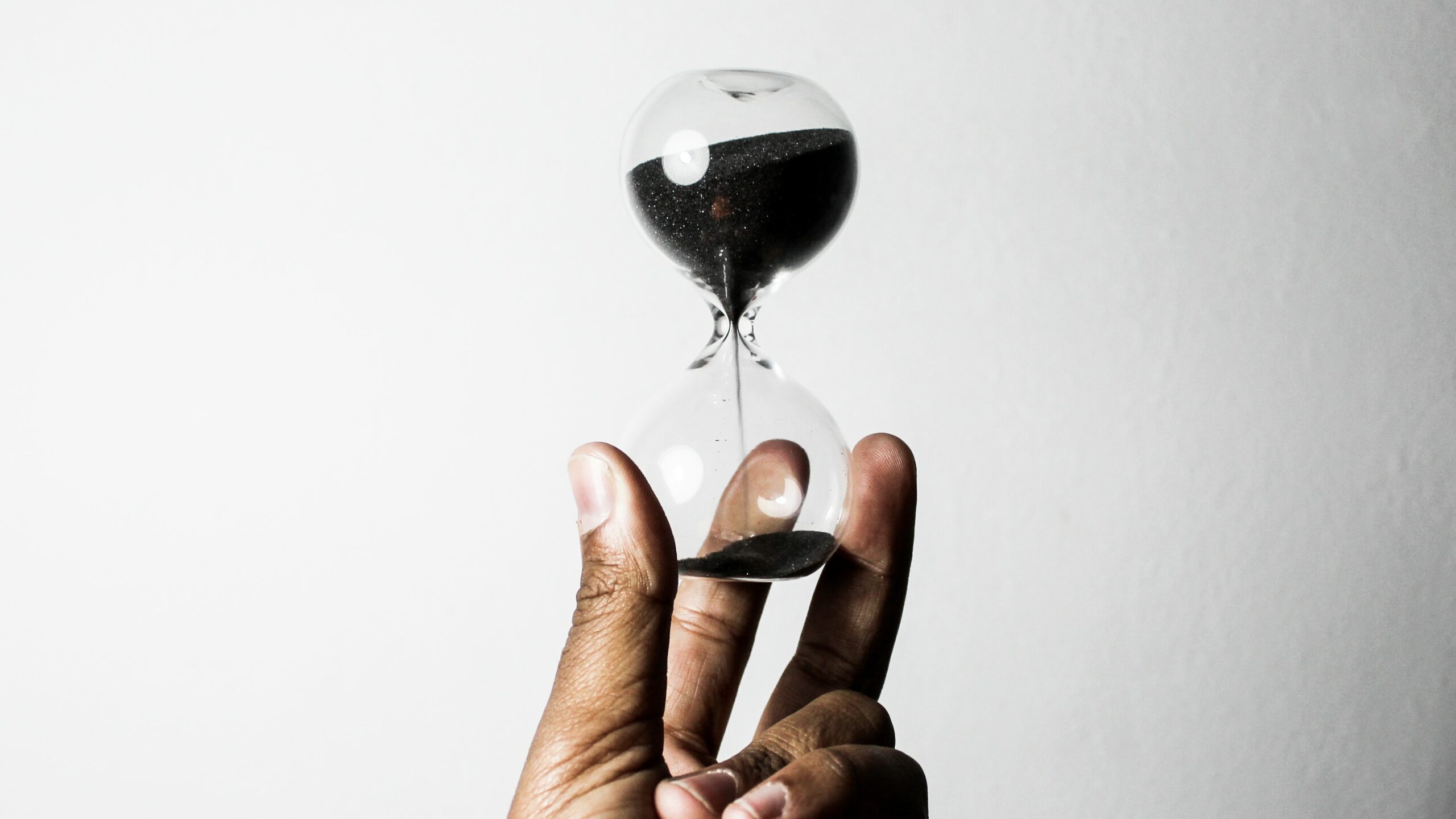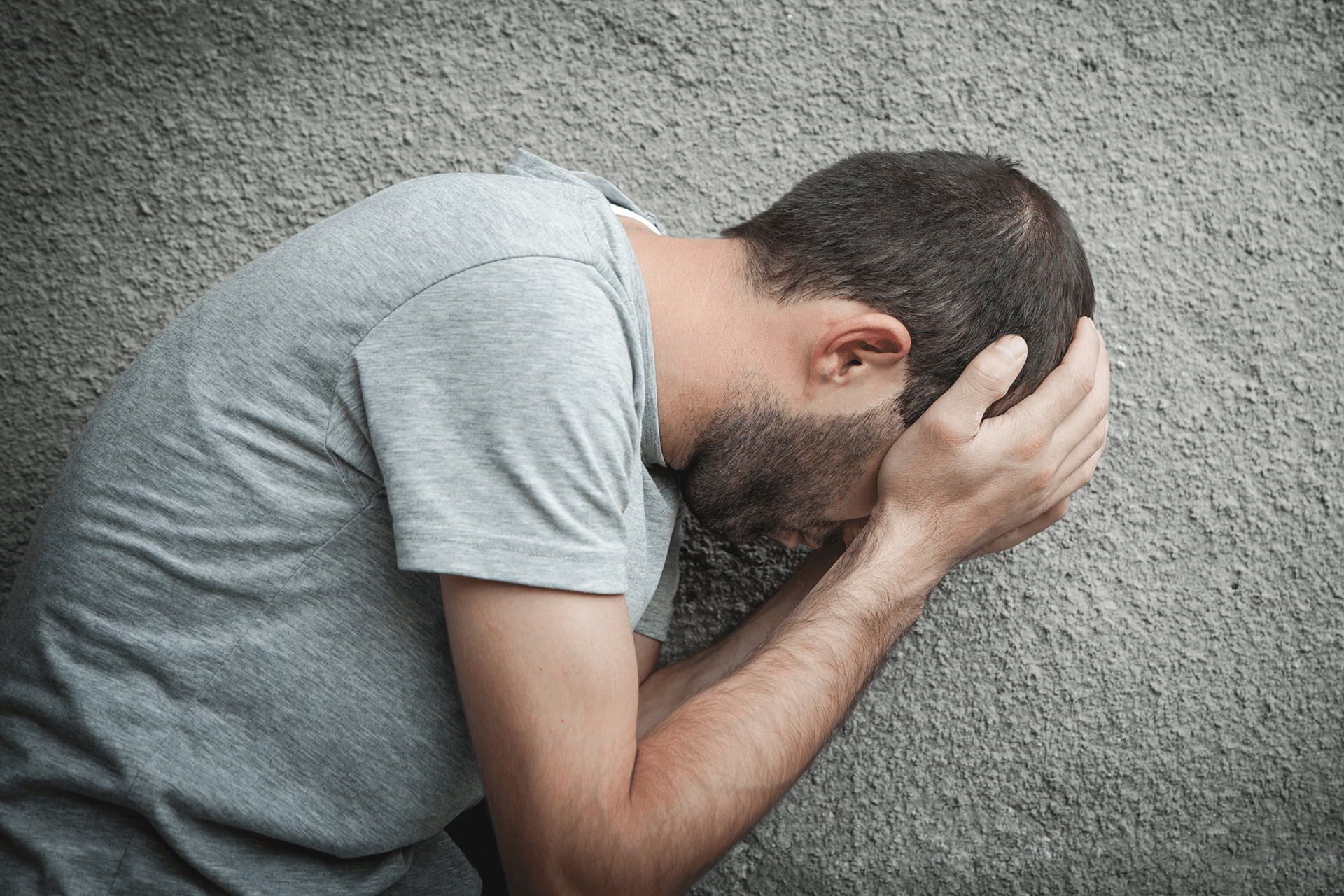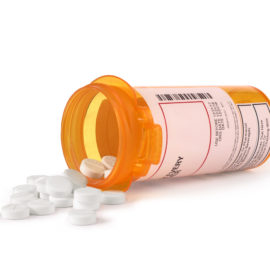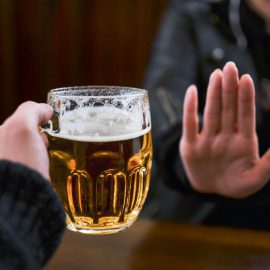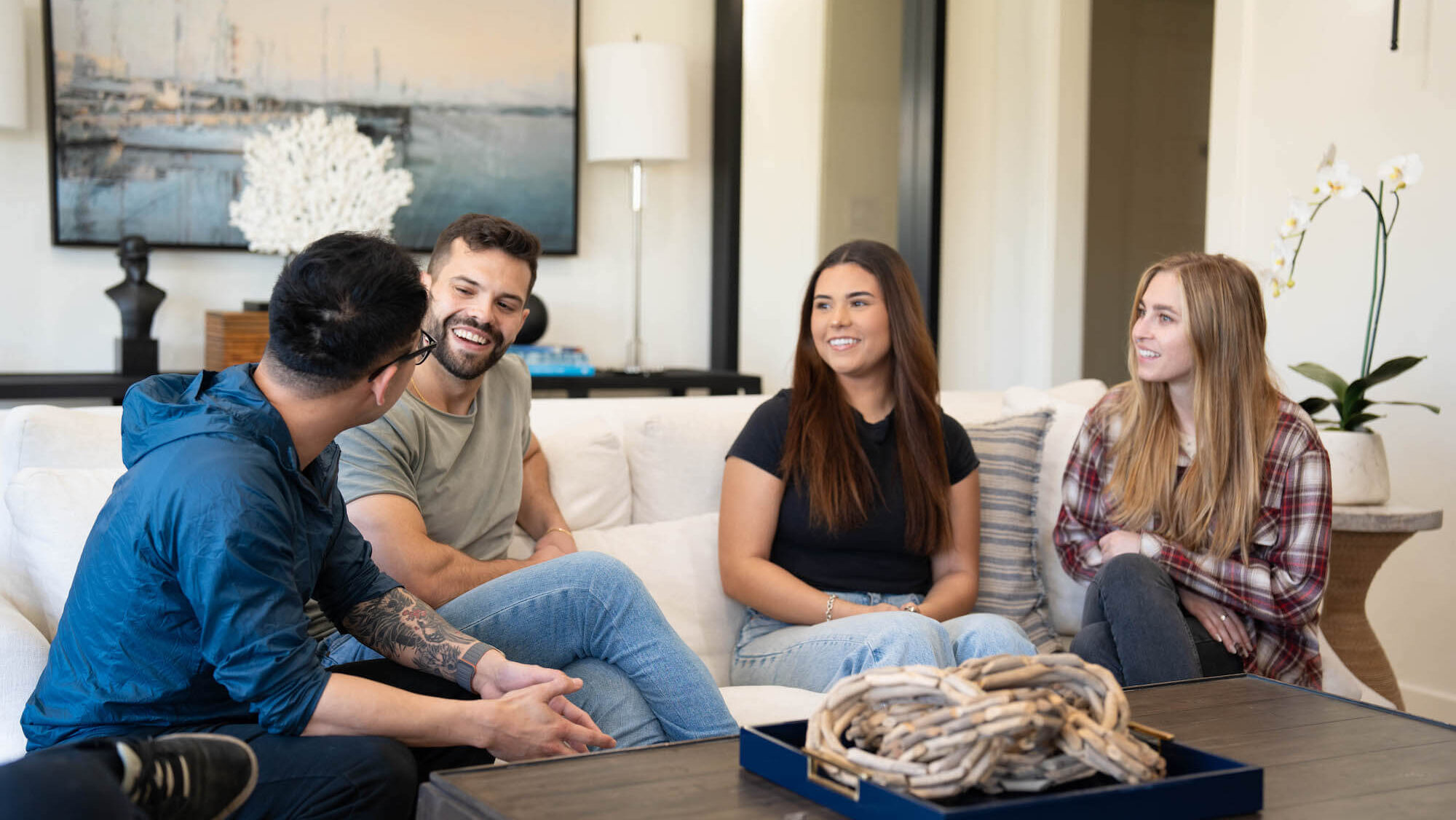Hydromorphone, marketed under the brand names Dilaudid and Exalgo, is a potent semi-synthetic opioid pain reliever utilized in hospital settings and as a component of long-term treatment plans for individuals who are tolerant to opioids and experiencing severe pain. Prescribed in immediate-release and extended-release tablets, liquids, suppositories, or injectable solutions, administration can be tailored to personal needs.
Much like other opioid painkillers, though, hydromorphone is associated with a significant risk of abuse. Read on to learn more about what is hydromorphone addiction and discover how to connect with evidence-based treatment in California.
Is Hydromorphone Addictive?
Hydromorphone is a potent semi-synthetic opioid analgesic that has the potential to lead to the rapid development of addiction. Designated as a Schedule II controlled substance by the DEA (United States Drug Enforcement Administration), hydromorphone has an acknowledged medical utility but also poses an exceptionally high risk of diversion, abuse, and dependence. This classification represents the most stringent level of regulation for prescription medications, surpassed only by Schedule I illegal drugs – these substances are deemed to lack recognized medical utility in the United States.
Individuals who regularly use hydromorphone develop a tolerance to the drug, meaning that larger and more frequent doses are needed to achieve the desired effects. Tolerance can establish itself within two or three weeks of consistent opioid use, prompting many people to consume the prescribed medication in higher doses. This accelerated consumption is a consequence of the standard dosage no longer triggering the same effects on the body, potentially leading to physical dependence or addiction, even when taken as prescribed.
With the passage of time and escalating doses, people may become dependent on hydromorphone, with the substance becoming central to normal functioning. This dependency often results in withdrawal symptoms if use is reduced or stopped. The discomfort associated with opioid withdrawal can be so severe that many people continue taking opiate drugs, perpetuating the cycle of use despite the desire to quit.
Hydromorphone Addiction Signs
Over time, there may be some side effects of hydromorphone abuse that suggest the development of an addiction to opioids. These may include:
- Lack of hygiene
- Changes in sleep habits
- Frequent flu-like symptoms
- New financial difficulties
- Weight loss
- Isolation from family members or friends
- Drowsiness
- Changes in exercise habits
- Decreased libido
- Stealing from family members, friends, or businesses
- Lack of hygiene
Even when suffering from a substance use disorder, a person may deny that the problem is serious and resist efforts to help for a long time. When ready and willing to start a recovery process, it is important for the person to have access to resources and to start treatment as quickly as possible.

Hydromorphone Addiction Symptoms
The symptoms of hydromorphone addiction are listed in DSM-5-TR – Diagnostic and Statistical Manual of Mental Disorders, Fifth Edition, Text Revision – as follows:
- Consistently consuming higher doses or using hydromorphone for a more extended duration than initially planned.
- Expressing a desire to reduce or quit hydromorphone use but encountering difficulties in achieving this goal.
- Devoting a substantial amount of time to activities related to obtaining, using, or recovering from the effects of hydromorphone.
- Experiencing an intense urge or craving for hydromorphone.
- Hydromorphone use interfering with responsibilities at work, school, or home, leading to difficulties in meeting major obligations.
- Persistent hydromorphone use despite experiencing social or interpersonal difficulties.
- Withdrawing from or reducing participation in significant social, occupational, or recreational activities due to opioid use.
- Continued hydromorphone use in situations posing a physical risk, such as while driving or operating machinery.
- A need for increased amounts of hydromorphone to achieve the desired effects or a diminished effect with the same amount of the substance.
- Experiencing withdrawal syndrome or using opioids (or a closely related substance) to relieve or avoid withdrawal symptoms.
- Continuing to use hydromorphone despite awareness of physical or psychological problems resulting from opioid use.
The presence of at least two of these symptoms within a 12-month period signifies opioid use disorder. The severity of the disorder is categorized based on the number of symptoms present: mild (2 to 3 symptoms), moderate (4 to 5 symptoms), or severe (6 or more symptoms).
Hydromorphone Addiction Treatment
Hydromorphone addiction treatment involves addressing the physical and psychological aspects of dependency. Treatment plans may vary based on individual needs, but they often include the following components:
Medical detoxification
The first phase involves detoxification to help the individual safely and comfortably withdraw from hydromorphone. Medical supervision is crucial during detox to manage withdrawal symptoms and address any complications.
MAT (medication-assisted treatment)
MAT may be utilized to help manage cravings and reduce the risk of relapse. Medications like methadone or buprenorphine may be prescribed, accompanied by counseling and behavioral therapies.
Behavioral therapies
CBT (cognitive behavioral therapy) aims to identify and modify unhealthy thought patterns and behaviors associated with substance use. CM (contingency management) uses positive reinforcement to encourage abstinence. MET (motivational enhancement therapy) focuses on building motivation and commitment to change.
Individual and group counseling
Individual counseling sessions provide personalized support and address underlying issues contributing to addiction. Group counseling fosters a sense of community and allows individuals to share experiences and coping strategies.
Family therapy
Involving family members in therapy can enhance communication, rebuild relationships, and provide a supportive environment for recovery.
Support groups
Participation in support groups, such as NA (Narcotics Anonymous) or SMART Recovery, offers ongoing encouragement and a sense of belonging.
Relapse prevention
Developing effective coping mechanisms and relapse prevention strategies is a crucial aspect of treatment. Identifying triggers and learning healthy ways to manage stress can help prevent relapse.
Holistic approaches
Integrating holistic approaches like yoga, mindfulness, and acupuncture can contribute to overall well-being during recovery.
Aftercare planning
Developing a comprehensive aftercare plan is essential for maintaining long-term sobriety.
This may involved continued outpatient therapy, support group attendance, and regular check-ins.
Mental health support
Co-occurring mental health disorders should be addressed through integrated treatment to promote overall mental well-being.
Hydromorphone Interactions
Understanding potential interactions with hydromorphone is beneficial for anyone undergoing treatment or using the medication. Interactions can occur with other substances, medications, or medical conditions, affecting the effectiveness and safety of hydromorphone. Here are key considerations regarding hydromorphone interactions:
Drug Interactions
- Alcohol: Combining hydromorphone with alcohol can intensify CNS (central nervous system) depression, leading to severe respiratory depression, drowsiness, and impaired cognitive function.
- Benzodiazepines: Concurrent use with benzodiazepines can increase the risk of respiratory depression and sedation.
- Antidepressants: Some antidepressants – especially MAIOs (monoamine oxidase inhibitors) – may interact with hydromorphone, potentially causing serotonin syndrome.
- Antipsychotics: Certain antipsychotic medications may enhance the sedative effects of hydromorphone, increasing the risk of respiratory depression.
- Other Opioids: Combining hydromorphone with other opioids, including prescription pain medications or illicit substances, can heighten the risk of respiratory depression and overdose.
- Muscle relaxants: Concurrent use of hydromorphone with muscle relaxants may amplify sedative effects, leading to increased drowsiness and impaired coordination.
- Stimulants: Stimulant medications or substances can counteract the sedative effects of hydromorphone, potentially leading to increased opioid use to achieve desired pain relief.
- Antihistamines: The combination of hydromorphone with certain antihistamines may intensify sedation and drowsiness.
Medical conditions
Individuals with respiratory conditions like asthma or COPD (chronic obstructive pulmonary disease) may be at an increased risk of respiratory depression when using hydromorphone. Liver or kidney impairment can affect the metabolism and excretion of hydromorphone, requiring dosage adjustments.
Interactions with food
Grapefruit and grapefruit juice can interfere with hydromorphone metabolism, potentially increasing blood levels of the drug and the risk of adverse effects.
Herbal supplements
St. John’s Wort, a popular herbal supplement, may interact with hydromorphone and reduce its effectiveness.
Anyone who is using hydromorphone should inform their healthcare providers about all medications, supplements, and substances they are taking to prevent potential interactions. Healthcare professionals can adjust treatment plans accordingly to ensure optimal safety and effectiveness.
FAQs
What is the drug hydromorphone?
Hydromorphone is a powerful opioid analgesic prescribed for severe pain management, commonly used in medical settings for postoperative pain or chronic pain conditions. It is the generic name for brand names such as Dilaudid.
Are there any hydromorphone warnings?
Yes, there are several important warnings associated with hydromorphone use. This drug carries a risk of respiratory depression, addiction, abuse, and misuse.
How addictive is hydromorphone?
Hydromorphone has a high potential for dependence and addiction due to its opioid nature. Prolonged use or misuse of hydromorphone can trigger physical and psychological dependence, increasing the likelihood of addiction. Use the medication only as directed by your prescribing physician.

Get Treatment for Hydromorphone Addiction at Gratitude Lodge
If you or someone that you care about needs help addressing hydromorphone addiction, we offer a variety of opioid addiction treatment programs at Gratitude Lodge.
Get your recovery started safely and comfortably by engaging with a supervised medical detox program at our Long Beach or Newport Beach treatment facilities. Access FDA-approved medications to streamline the withdrawal process then move into an ongoing inpatient treatment program to tackle the psychological aspect of hydromorphone abuse.
All Gratitude Lodge opioid addiction treatment programs combine MAT (medication-assisted treatment) with psychotherapy, counseling, and holistic interventions, as well as a robust aftercare component.
Call 800-994-2184 right away and take immediate steps to break an addiction to hydromorphone.





